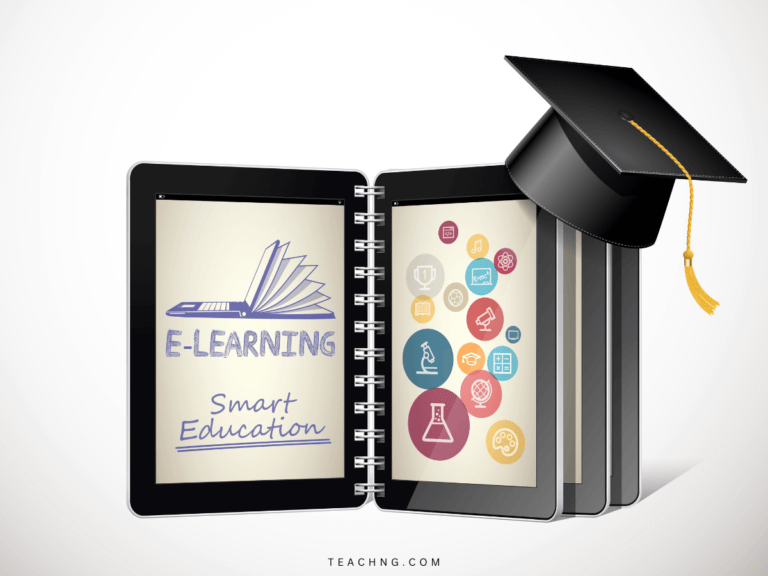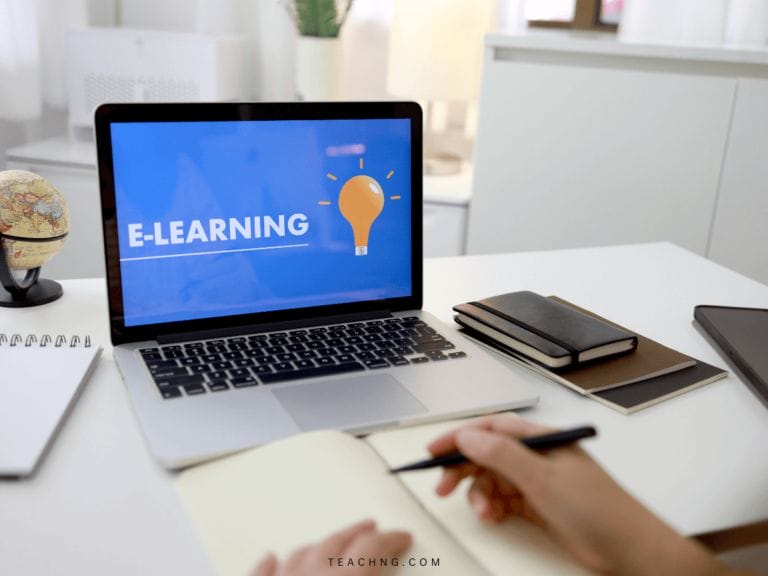Wondering what is hybrid learning and why is it is gaining in popularity in the recent years? Educators and students alike had to adapt to remote and online learning, and hybrid learning has emerged as a powerful and flexible approach to teaching and learning.
Whether you’re a student, educator, edupreneur offering online course or simply curious about the future of education, here is everything you need to know about hybrid learning.
KEY TAKEAWAYS
- Hybrid learning combines traditional in-person and online learning, allowing students to choose how they engage with their courses.
- Hybrid learning involves real-time teaching for both in-person and remote students, whereas blended learning combines but not necessarily simultaneously.
- Benefits for students includes; offers flexible schedules, efficient resource use, independent exploration, time management, and affordability, making education accessible.
- Benefits for Educators and Institutions: It optimizes resources, provides direct access to information, fosters collaboration, and mirrors real-world experiences.
- Successful hybrid learning implementation involves setting goals, course mapping, choosing in-person activities, planning online components, content creation, and trial runs.
What is Hybrid Learning Model?
Hybrid learning, also known as hyflex learning or blended synchronous learning, it is an educational approach that combines elements of traditional in-person face-to-face learning with online learning in a way that offers students the flexibility to choose how they participate in a course.
However, it is sometimes confused with blended learning, which is similar to hybrid learning but have some substantial difference.
Differentiating Hybrid Learning From Blended Learning
While the terms “hybrid” and “blended” learning are often used interchangeably, they have distinct characteristics.
- Hybrid learning involves instructors teaching both in-person students in a physical classroom and remote students who participate online, often in real-time, providing students with the flexibility to choose how they engage with course content.
- Blended learning typically supplements traditional in-person classes with online materials, a hybrid teaching approach where students are required to participate in both in-person and online learning creating a richer learning experience.
| Aspect | Hybrid Learning | Blended Learning |
|---|---|---|
| Definition | Combines in-person and online learning with simultaneous options for students. | Combines in-person and online learning, but not necessarily simultaneously. |
| Learning Modes | Offers real-time interaction for both in-person and remote students. | Typically involves separate in-person and online components. |
| Synchronous Learning | Often includes synchronous sessions where all students, in-person and remote, participate simultaneously. | May include synchronous sessions but not necessarily for both groups at the same time. |
| Flexibility | Provides flexibility for students to choose how they attend classes, either face-to-face or online. | Offers some level of flexibility for online components. with a more structured schedule for in-person components. |
| Student Choice | Allows students to decide how they engage with course content and their peers. | Predefined schedules with both online and in-person sessions |
| Technology Integration | Utilizes technology such as video conferencing, learning management systems, and digital tools for seamless communication. | Integrates technology but will required in-person sessions. |
| Interaction | Encourages interaction between in-person and remote students and instructors. | Higher level of interaction for both remotely and in-person. |
| Personalization | Offers a highly adaptable and personalized educational experience. | Offers some level of adaptability with more structure approach for in-person learning. |
Benefits of Hybrid Learning
Hybrid learning model can benefit both learners and educators, offering better learning outcomes and reaching learning objectives faster.
Benefit of Hybrid Learning For Students
- Flexibility in Learning: Hybrid learning allows students to balance education with their busy lives without compromising the quality of learning.
- Efficient Resource Utilization: It optimizes teaching resources by accommodating students who cannot adhere to fixed schedules.
- Independent Academic Exploration: Students can explore topics at their own pace, building confidence and accessing support when needed.
- Time Management: Ideal for working students, hybrid courses eliminate daily commutes and allow for personalized study schedules.
- Affordability: Hybrid learning makes higher education more accessible to low-income students by reducing the need for expensive supplies and materials.
Benefit of Hybrid Learning For Educators and Institutions:
- Efficient Use of Resources: Teaching resources are used efficiently, and diverse learning experiences are fostered.
- Accessible Learning Resources: Both teachers and students have more direct access to information, facilitating a deeper understanding of the material and providing more opportunities for collaboration.
- Supportive and Collaborative Learning Environment: Hybrid learning allows students to collaborate regardless of location or schedule, promoting motivation and engagement.
- Focus on Real-World Experience: Experiential learning comes to life in hybrid settings, mirroring real-world work scenarios.
How To Implement Hybrid Learning
To establish a successful hybrid learning environment that can benefit both students and teachers, here are some steps you can follow.
1. Setting Semester Goals
Define your course goals, both short and long-term, and communicate them clearly to your students. Align assessments with these goals to guide course development.
2. Mapping Your Course
Create a visual representation of your course modules, activities, and resources in chronological order. This visual map helps identify any gaps or underdeveloped activities.
3. Determining In-Person Activities
Reserve in-person time for activities that benefit from face-to-face interaction, such as group brainstorming, communication of expectations, and collaborative learning.
4. Planning Online Components
Most assignments in hybrid courses are completed online. Consider self-paced learning, automatic grading, asynchronous discussions, and multimedia content.
5. Creating and Sourcing Content
Develop assignments, gather reading materials, source videos, and finalize your syllabus. Adapt existing resources if available.
6. Trial Run
Before the course begins, conduct a trial run of the online portion to ensure a smooth learning experience. Seek feedback from colleagues or former students to address any issues.
Best Practices For Successful Hybrid Learning Environment
For you to adopt the hybrid learning approach, where you can offer both learning format; physical classroom in-person learning and virtual classroom remote learning.
Here are some additional tips to create a hybrid classroom for successful hybrid teaching:
- Be open to redesigning the course based on emerging strengths and weaknesses.
- Use online components to offer personalized learning plans and one-on-one support.
- Provide mobile learning options for online components.
- Embrace feedback from students to improve the course.
- Balance the workload between in-person and online assignments.
- Foster a strong connection between online and in-person components.
- Seek advice from experienced hybrid instructors.
- Clearly communicate the purpose and expectations of the hybrid class.
- Equip students with time management tips and technical support resources.
Peek into The Future of Hybrid Learning
By embracing the principles of hybrid learning and implementing best practices, you can offer offline and online course learning solutions that make students engage.
And with the right learning tools, you can create a course delivery experience that is unique and effective.
- Best online learning platform for educators
- Best learning platform with certificates
- Best online course mobile App for educators
Hybrid learning represents a transformative shift in education. Hybrid learning strategy benefits, including flexibility, efficient resource utilization, and independent exploration, make it a powerful approach for educators and learners.
How useful was this post?
Click on a star to rate it!
We are sorry that this post was not useful for you!
Let us improve this post!
Tell us how we can improve this post?





